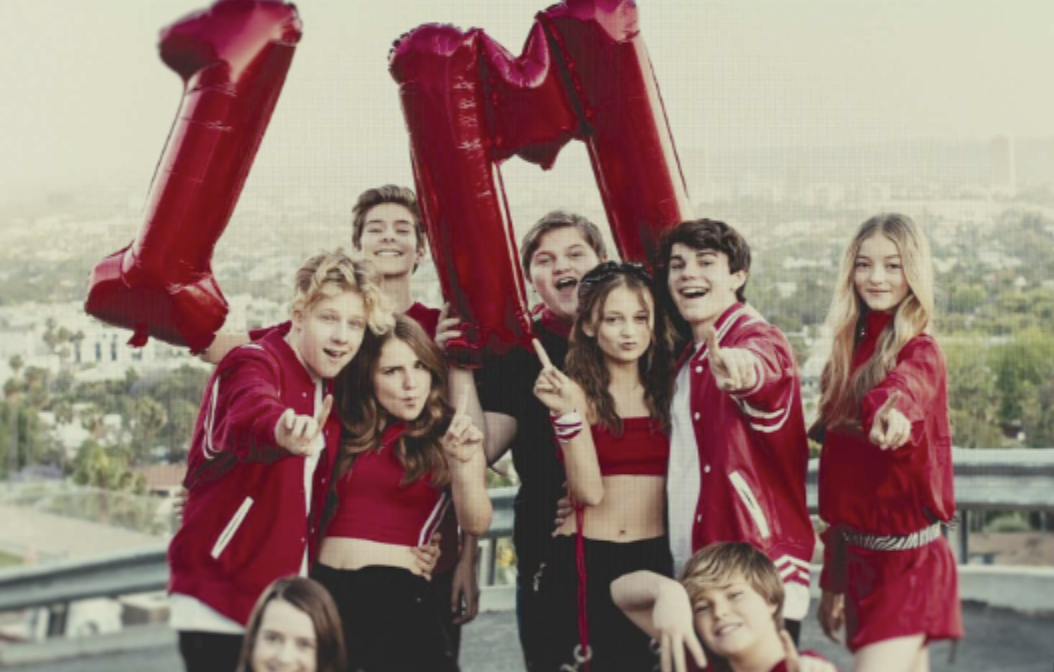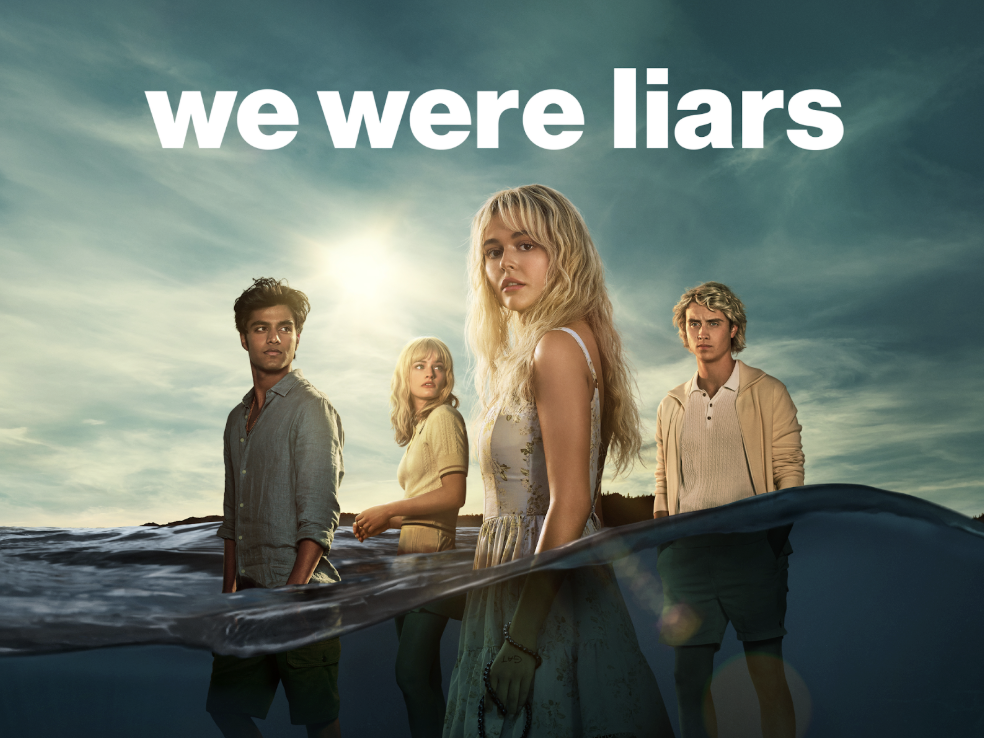To avoid fainting, keep repeating: It’s only a movie…only a movie…only a movie. That’s the tagline for The Last House on the Left, Wes Craven’s no-budget, extreme horror debut from 1972.
Jump forward to 2024.
October 11th, Terrifier 3’s opening night. I’m in the front row at my local theater, as every other seat has sold out. In the months leading up to release, stories and rumors of Terrifier 3’s depravity have been escaping. Supposedly, a studio onboard for distribution dropped the movie after seeing the opening scene out of fear of a lawsuit. The first reports of movie-goers vomiting and fainting had already come out, and the morning of its release, France had banned anyone under 18 from attending screenings. As a seasoned and desensitized horror fan, I questioned whether the movie was really gonna be as crazy as I’d heard. Then the lights went down, and I found out.
Terrifer 3 is crazy. It’s crazy in its practical effects, in its plot, in its willingness to take chances, and in its success.
Damien Leone’s Terrifier 3 is a jolly piece of exploitation cinema. It’s brash, vile, and chaotic, and it exists to the detriment of the mass media-consuming public, redefining and reinvigorating the slasher while also becoming a box office smash, effectively rebelling against the gutless, soulless slog of modern scary movies that seem to be puked up every few months by some big Hollywood studio clawing desperately for a hit.
The first Terrifer isn’t really a movie. It’s closer to a series of gory setpieces strung together by plot conveniences, dumb decisions, and one central character, the brutal, mute, monochromatic Art the Clown. In Terrifier 2, Leone showed not only could he carry a narrative and write more entertaining, or at the very least more believable characters, but he could lay out a surreal, fragmented, supernatural mythos involving demons, dream sequences, a magical dagger, a portal to hell and a stairway to heaven. If the first Terrifier is a raw, stripped-down, pulpy portrait of depravity and Terrifier 2 is a sprawling, two-and-half-hour “sword and sandal” inspired slasher odyssey, then Terrifier 3 is a revenge-o-matic in demonology. It’s Hellraiser meets Black Christmas (1974). It balances the tone of the first two, the gritty and the surreal while maintaining a sardonic sensibility and pushing the series into new territory of technical proficiency.
Terrifier 3 picks up right where Terrifier 2 left off, with Art the Clown (David Howard Thorton) lying in two pieces. Part three opens with Art’s resurrection and his breakout of part one, final girl turned cannibalistic, Art the Clown beauty-queen Victoria (Samantha Scaffadi) from an insane asylum, and their escape to an abandoned house outside the city, the fictional Miles County. Five years into the future, part two final girl Sienna Shaw (Laura LaVera) is released from the psych ward to spend Christmas with some extended family. After hibernating in an attic for a half-decade, Art and Victoria, now known as “The Witch,” wake up and get back to maiming and murdering in the most extreme ways possible, slowly closing in on Sienna and her family, resulting in balls to the wall crazy, Evil Dead 2 inspired ending involving rat torture, possession, a “sword” fight, what I personally would consider being pretty severe child endangerment and a makeshift crucifixion.
While Terrifier 3’s writing isn’t amazing, it’s also not bad. It’s easy to rip on Terrifier 3’s script for its seemingly loose plot and unwillingness to explain itself, but I like it. Leone has taken a page out of David Lynch’s handbook, where instead of answering the ‘what the hell was that’ questions from the second movie, he just piles on more questions.
Some will call it lazy, but I think it’s a creative and compelling way to structure a movie to stand on its own while also acting as a chaser to the previous film, providing a solid setup for the sequel. The secondary characters are hollow, but are they really any worse than any legacy sequel, carbon copy extended universe entry, or immature dimestore smut that Netflix passes off as an original series (looking at you, Outer Banks)? At least all of Terrfier’s characters are scumbags, so while sure they’re underdeveloped, they’re more entertaining.
Final girl Sienna (Laura LaVera), has had a rough time since the events of the previous movie: in and out of hospitals and rehab, she’s scarred, disturbed, hallucinates her dead friends, and has an affinity for pill-popping. All of that aside, Sienna seems a little too perfect. Whether Leone’s script or LaVera’s performance is to blame, I’m not sure. Either way, it seems a little rose-tinted how unfazed she is considering that she saw all of her friends and most of her family brutally murdered, then was tortured with a cat o’nine tails and Chinese water cell, then dropped into hell, then returned to the real world to behead her tormentor, only to learn then that his body had disappeared. Maybe I’m too sentimental on the issue, but it seems to me if anybody had earned the right to be an addict, or insane, or a goth, it’s Sienna; give her a bottle and Bauhaus t-shirt. That’s the change I’d make, and I’d like to thank the academy in advance.
Sienna’s brother Johnathan (Elliott Fullam), the only other known survivor of Art the Clown, is also in the movie, and he too seems shockingly rebuilt, considering the absolute nightmare he lived through. Still, in Jonathan’s case, it feels more out of denial. Elliott Fullman does a fine job. He’s not great, but he’s also never distractingly bad. He doesn’t really do anything and has no reason to be in the movie. I’m willing to bet that Jonathan will be a more central character in the next Terrifier, but as of now, his only purpose is to introduce the college kids and deliver some light exposition.
Outside Sienna and Jonathan, Terrifier 3 is chock full of walking meatbags like a college student, true crime, bimbo Mia (Alexa Blair Robertson), fratty-but-sorta likable boyfriend Cole (Mason Mecartea), Sienna’s Aunt Jess (Margaret Anne Florence), Uncle Greg (Bryce Johnson) and her plot device of a niece Gabbie (Antonella Rose). They all do fairly competent jobs, and I have nothing to say about them.
With all the normies out of the way, it’s time for the real showstopper, David Howard Thorton’s performance as Art the Clown. Over the course of three movies, Thornton has achieved an anomaly of characterization. He never speaks a line of dialogue or makes any noise at all. He’s not human, he has no backstory, he has no motives, reasoning, or morals, and he has seemingly no goals aside from causing the most extreme suffering he can to anyone unfortunate enough to encounter him; despite all of that, Art is far and away the most interesting and entertaining character in the series.
Art doesn’t feel like just another cold, emotionless psychopath; he feels like a troublemaker who’s gotten out of hand. He isn’t a serial killer; he’s a slapstick comedian from hell. Thornton doesn’t play him like a villain; he plays him like an antihero, and because he plays him that way, he comes across that way. He’s cool, funny, snarky, animated, enthusiastic, childishly petty, and shows zero respect for anyone or anything. His anti-authoritarian nature makes him enticing; he’s a demonic, punk rock Bugs Bunny.
Thornton does so much with almost nothing. He gets so much flavor out of a smile, a wink, or a nod, out of how he holds himself or how he moves. Thornton can walk the line of unpredictability perfectly. He’s able to turn on a dime from a disruptive smart alec to one of the most gruesome and despicable killers in cinema history. Thorton’s Art the Clown is the best silent villain performance since Lon Chaney played The Phantom of the Opera, and it’s also the best silent comic performance since Charlie Chaplin played “The Tramp.”
Damien Leone’s directing in Terrifier 3 is vastly improved over Terrifier 2, which itself was a vast improvement over Terrifier. In Terrifier 3, Leone knows what he’s doing and is confident in his decisions. For better or for worse, Leone is a show-all, tell later filmmaker, often directing via set piece. He has a genuine style, something that seems to be lacking in many big movie directors, who often feel more like studio pawns or PR representatives than visionaries. The look and the cut of the movie is also well done. It’s slick but never loses the sleaze that Terrifier so excels at. It feels modern but timeless—a nice blend of modern indie film and twentieth-century grindhouse.

Unsurprisingly, Terrifier 3’s practical effects, designed mainly by Damien Leone himself, are incredible. They were great in the first, better in the second, and even better in this one. Likewise, the violence is insane. Terrifier was off the chain, Terrifier 2 was further off the chain, and with Terrifier 3, you can’t even find whatever it was chained to.
Overall, Terrifier 3 is a well-made movie, but more than that, it’s a well-crafted exploitation movie. I believe that the Terrifier movies, being such concentrated archetypes of the mostly dead “exploitation” genre, are what made them so successful. It might seem strange that an ultra-gory, mean-spirited movie from D grade, cult beginnings can become a mainstream commercial smash, but if you flip through the Hollywood history books, it makes sense.
Go back to 1972, The Last House on the Left was released to select theaters. It’s dirt cheap, technically impaired, and barely marketed, but regardless, it slowly becomes a hit. Why? Because it felt dangerous. It was grimy, mean-spirited, utterly hopeless, and is still shockingly unpleasant. Last House is a rape-revenge movie of sorts that’s sole purpose is to sicken, maim, and exploit its audience, which it does a masterful job. Once reviews began to circulate of Last House’s ruthlessness, it gained infamy from its extremity and became a hit.
Sound familiar?
In 2016, Terrifier came out. Dirt cheap, technically impaired, and barely marketed, but like The Last House on the Left before it, it became infamous for daring “to go places few films would even consider,” as declared by Bloody Disgusting. The swamp of controversy surrounding Terrifer had grown so large that by the time Terrifier 2 actually did come out and hit the eyes of the fairly conservative movie going mainstream, all bets were off. Almost immediately, Terrifer 2 began to garner a reputation as the most extreme movie of the year, that was making audience members vomit, black-out and break down. Leone and company decided to run with it, and pretty quickly, Terrifier 2 became more than a movie. It became a Halloween phenomenon.

Terrifier 2 followed a long line of exploitation horror movies that became smash hits purely off their reputation. Psycho, The Last House on the Left, Texas Chainsaw Massacre, The Exorcist, Maniac, and The Blair Witch Project, just to name a few. Somewhere in the late nineties, as grindhouses, second-run theaters, and double-billings disappeared, making exploitation films for theatrical release became a financial dead end. So, in the horror world, they were replaced by the vaguely ironic “cutesy slashers” like I Know What You Did Last Summer and Urban Legend in the wake of Scream’s success.
For a short period in the early 2000s, it seemed that exploitation movies were going to retake their claim to horror in the form of what critics coined “torture porn”, like Hostel and Saw 2, but that died out just as quickly as it started in the early 2010s. From there, it was replaced by the slick, big-budget, PG-13, or light R supernatural horror movies like The Conjuring, Insidious, or Ouija. From there came the legacy sequels like Halloween (2018) and the rise in quote-unquote “elevated horror” like The VVitch or The Babadook.
Like all movies in all genres at all times, there’s great, terrible, and everything in between, but it seems to me that the overbearing majority of 2024 theatrical horror releases are spineless, overproduced, underdirected, painfully boring and predictable pieces of vanilla swill. In this slog of thrill-less thrillers unwilling to take a chance, Terrifier 3 comes out like a raging bull. The safe and conservative studio movies that dominate theaters are like an oil field, and Terrifier is like a match.
It screams nothing is sacred, nothing is safe, not even you. It’s a threatening movie, it’s an exciting movie. Terrifier 3 isn’t asking you to see it; it’s daring you to, and that daring, unpredictable, dangerous, anarchistic attitude is what makes Terrifier 3 not only an exploitation movie but a great exploitation movie.
So far, that dangerousness has been enough to get regular, mainstream movie-goers to see if they have the stomachs to handle an unflinching gorefest. As of the third week of its theatrical release, Terrifier 3 has grossed over forty million domestically, proving that maybe a little terror is what the movies need. After all, sterility is the death of art. So maybe Art is the only one suitable to bring death to sterility.
If you’re one of the uninitiated or undecided, you should see Terrifier 3 as soon as possible and make up your mind about the film’s merits and reputation. If you do muster up the courage to give it a chance when you make it to your theater and the lights start to go down, and you worry about what you’ve gotten yourself into, remember: To avoid fainting, keep repeating; It’s only a movie…only a movie…only a movie.









